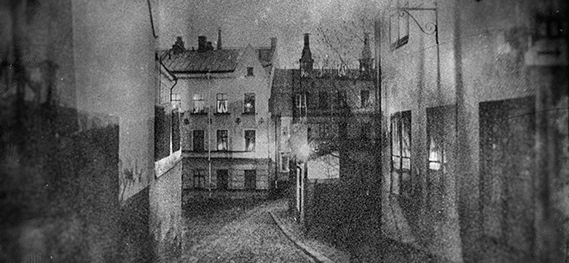

 Back
Back
Regardless of the genre you’ve picked, suspense and tension are the strong forces that hook your readers into the story and keep up the interest.
Suspense can create questions in the audience’s mind, whereas the fuel that powers it is stress creating conflict and friction. Channelize both in your story, and you will grab your reader’s attention from page one through to the end.
Let’s walk through certain steps to ensure your story has effective narrative tension:
Emphasizing stress
Creating stress in a story is the key to creating a catch for the reader: ‘I shall read just one more page before bed’! Set reader expectations by controlling information on how much you reveal and when and how you reveal it. Don’t let out more than is needed to keep the tension on!
The accompanying tension – suspense
Suspense and tension are not limited to the important scenes. Creating a question in your reader’s minds throughout your story is essential to hook them and keep them engaged – but that doesn’t have to mean non-stop melodrama.
That single moment of stress grabs the reader’s attention among the ease of an otherwise ordinary scene and introduces the initial threads of suspense as our minds question to get the answers. We are engaged in the story, as soon as our minds start asking questions. As the scene develops, some questions that run through your mind will get answered and that initial suspense will be resolved. To keep your reader hooked, keep introducing new ones, always reinforced by tension.
Good authors unwind in every scene, creating questions in the minds of the readers and threading in moments of friction in moments large and small, to keep them off balance.
Coat your stress and suspense
Think of tension and suspense as the layers of a cake. Each one, a little less satisfying when all alone, but create something delicious together as a cake with frosting.
Heightening suspense questions are the sweet, creamy tension filling – moments of conflict.
Both elements together create a strong effect on the readers. Each one amplifies the effectiveness of the other. Experienced authors bring both together to draw readers in to an irresistible reading experience.
Let the story unroll in a shorter space of time
This approach can narrow the story you are telling to a short time frame and keep the events clear and fast-paced, needing urgent resolution. This will aid in tension.
Create a thorough outline of your story including plots that will add thrill and traction.